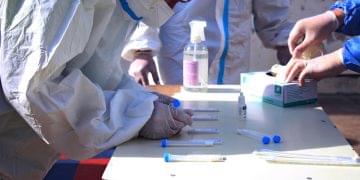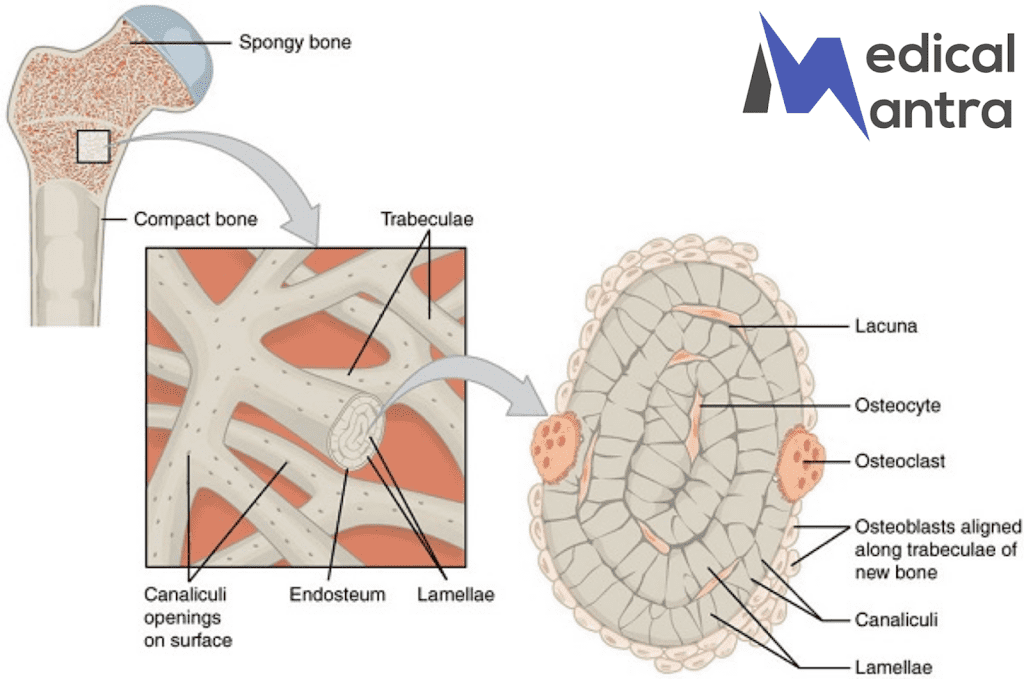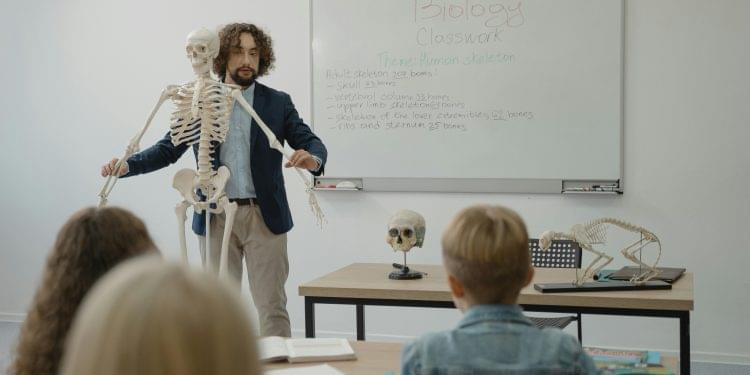Table of Contents
Introduction of the anatomy of the upper limb
The upper limb of humans, with its intricate structure and remarkable functionality, is a testament to the evolutionary journey of vertebrates. From its origins in the forelimbs of ancient fish to its development into a sophisticated tool for manipulation, the upper limb has undergone significant transformations. This article provides an in-depth exploration of the anatomy of the upper limb, elucidating its evolutionary adaptations and highlighting its complex structures and functions.
Evolutionary Perspective:
The evolutionary history of the upper limb can be traced back to the aquatic ancestors of vertebrates, where primitive fins served as precursors to limbs. Over millions of years, as vertebrates transitioned from aquatic to terrestrial environments, the forelimbs underwent adaptive changes to suit the demands of locomotion and weight-bearing. In tetrapods, such as early amphibians and reptiles, all four limbs were primarily used for supporting body weight and facilitating movement on land.
However, in arboreal (tree-dwelling) ancestors of modern humans, the forelimbs were emancipated from their weight-bearing function. This liberation from locomotion duties allowed for the development of increased mobility and specialization in manipulation. The forelimbs became essential tools for tasks such as grasping, picking, holding, and manipulating objects, laying the foundation for the sophisticated functionality observed in the human upper limb today.
Structural Adaptations
The transition of the upper limb from a weight-bearing organ to a tool for manipulation involved several key structural adaptations. One crucial modification was the development of rotatory movements in the forearm, facilitated by the ability to supinate and pronate. This rotational capability allowed for efficient handling of objects and bringing food to the mouth, a vital adaptation for arboreal ancestors.
Another significant adaptation was the evolution of the clavicle, a bone unique to mammals, which played a crucial role in enhancing the upper limb’s functionality. The clavicle serves as a strut connecting the upper limb to the axial skeleton, providing additional support and stability while allowing for a wide range of motion at the shoulder joint.
Furthermore, the rotation of the thumb through approximately 90 degrees enabled opposition to the other digits, a critical adaptation for precision grip and manipulation. Combined with the complex arrangement of bones, muscles, joints, blood vessels, and nerves, these structural adaptations contribute to the remarkable dexterity and versatility of the human hand.
Functional Anatomy:
The anatomy of the upper limb can be broadly divided into four main parts: the shoulder region, arm (brachium), forearm (antebrachium), and hand (manus). Each part consists of intricate structures that work in concert to facilitate a wide range of movements and functions.
The shoulder region encompasses the clavicle and scapula, which together form the shoulder girdle. The clavicle articulates with the axial skeleton at the sternoclavicular joint, providing stability and support. The scapula, or shoulder blade, is a mobile bone held in place by muscles and forms various joints with the humerus and clavicle, allowing for extensive mobility of the upper limb.
The arm, consisting of the humerus bone, extends from the shoulder to the elbow and plays a crucial role in movements at the shoulder joint. The forearm, composed of the radius and ulna bones, extends from the elbow to the wrist and facilitates flexion, extension, pronation, and supination of the hand.
The hand, with its complex arrangement of carpal bones, metacarpals, and phalanges, is the epitome of dexterity and precision. The wrist joint, formed by the carpal bones and radius, allows for a wide range of movements, while the metacarpophalangeal and interphalangeal joints enable flexion, extension, and fine motor control of the fingers.
Importance of Anatomy Study
Understanding the anatomy of the upper limb is paramount in various fields, including medicine, sports science, and rehabilitation. Healthcare professionals rely on detailed knowledge of upper limb anatomy to diagnose and treat injuries, disorders, and diseases affecting this region. Similarly, athletes and individuals undergoing rehabilitation benefit from targeted exercises and interventions designed to optimize upper limb function and prevent injuries.
Conclusion:
The anatomy of the upper limb reflects millions of years of evolutionary adaptation and specialization, culminating in the remarkable dexterity and functionality observed in modern humans. From its origins as a primitive fin to its evolution into a sophisticated tool for manipulation, the upper limb exemplifies the complexity and ingenuity of biological design. By studying its structure and function, we gain valuable insights into our evolutionary past and our capabilities as master manipulators in the animal kingdom











